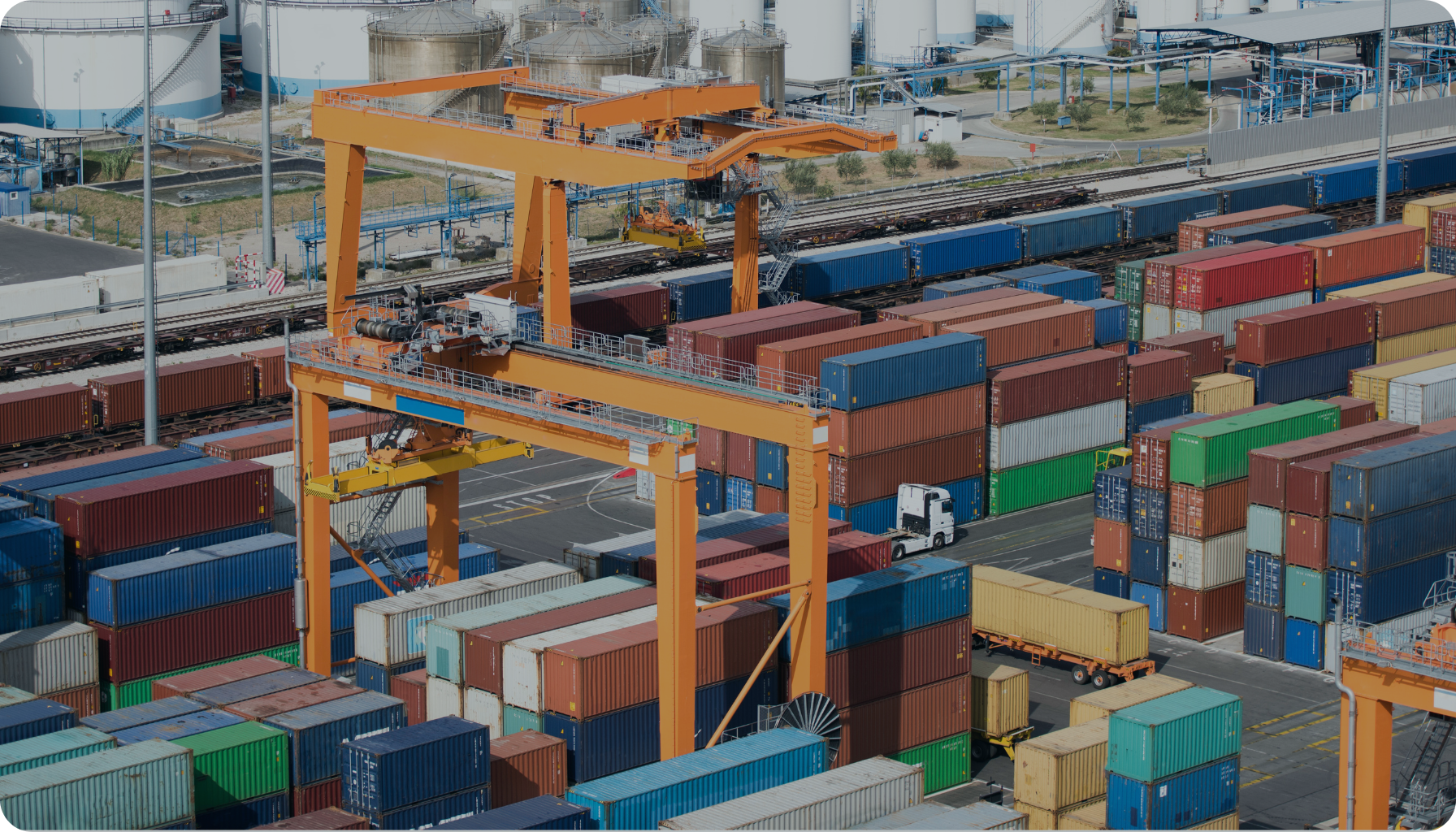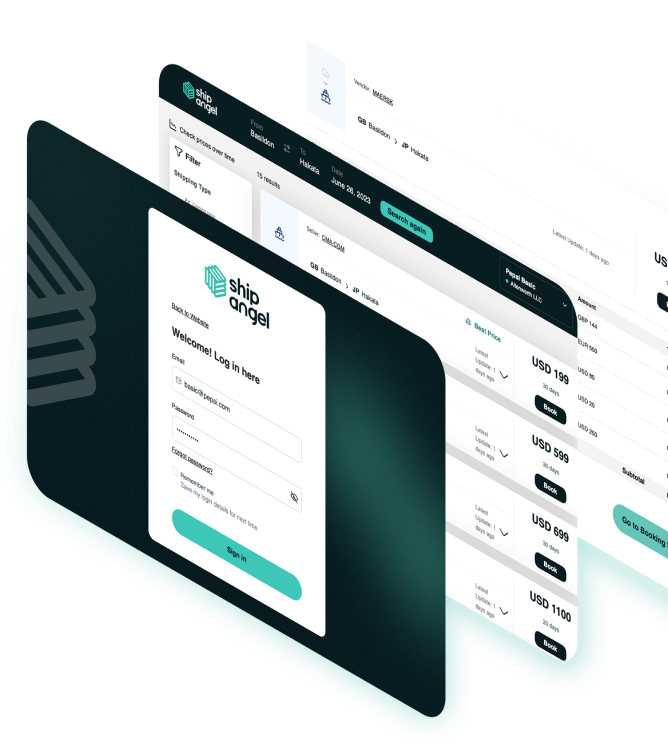
China now builds more than half the world’s cargo ships—and the U.S. is pushing back.
In response to China’s dominant position in global shipbuilding and related infrastructure, the U.S. Trade Representative (USTR) has rolled out a sweeping new toll structure on Chinese-linked vessels entering America. It’s part economic pressure, part industrial policy—and it’s poised to reshape vessel deployment, port calls, and ultimately, supply chain costs.
Here’s what every importer needs to know.
A New “Toll” on Entry
At its core, this policy acts like a toll: a fee assessed on a vessel’s first U.S. port call. Fees are based on ship size and type, and rise sharply over time. Operators using Chinese-built ships—especially those operated by Chinese entities—will face the steepest charges.
The worst-case math?
A 15,000 TEU vessel built in China and operated by a Chinese carrier could face:
- $230 per TEU starting October 2025
- Rising to $644 per TEU by 2028
Non-Chinese operators using Chinese-built ships, get slightly lower rates—but they still add cost, reaching $151.80 per TEU by 2028.
These are real costs. And ocean carriers are unlikely to just eat them in the currently shifting shipping climate.
Who’s Most Exposed?
Carriers like ZIM, COSCO, and CMA CGM—who deploy a higher share of Chinese-built ships—are staring down major operational and commercial consequences. Some may reduce U.S. port calls. Others could reroute entirely.
Meanwhile, carriers like Evergreen and HMM, with little or no reliance on Chinese-built vessels for U.S. routes, may gain a competitive edge—or charge a premium for it.
Recent data shows:
- 19% of U.S. port calls by top carriers involved Chinese-built ships
- Some lines—like ZIM—had over 50% exposure
- Others had zero exposure in the same month
What Does This Mean for Importers?
This isn't just about trade policy. It's about cost certainty—and right now, that’s at risk.
Even if your cargo isn’t on a Chinese-built vessel, system-wide effects are inevitable:
- Higher all-in rates, as carriers pass on new fees
- Fewer port options, as secondary & tertiary calls are manipulated
- Capacity crunches, particularly around Canadian inland moves to US & capacity changes week to week (vessel to vessel in rotation)
- Equipment imbalances, as schedules shift and rotation tightens
The result? Policy—not demand—is about to tighten the market.
What to Do Now
If you're a U.S. importer, here’s the move:
✅ Build margin buffers into your landed cost models
✅ Audit your carriers’ vessel mix for exposure to new tolls
✅ Push for contract transparency—especially on surcharges
✅ Secure capacity early, especially into secondary ports
The USTR fee rollout begins in October 2025, but carriers are already reacting. Service changes, capacity shifts, and pricing tweaks are coming ahead of the official start date. Stay close to your providers—and be ready to pivot.
About Ship Angel
Ship Angel is a cutting-edge rate management platform for direct shippers, offering innovative solutions in rate management, amendment guard, invoice auditing, and sustainability reporting. Powered by AI, Ship Angel helps shippers manage rates efficiently, ensure contract accuracy, and optimize cost savings. With a commitment to transparency, Ship Angel works across industries to help companies avoid costly disruptions and stay ahead in a rapidly evolving global trade environment.
Want to Ensure a Smooth Supply Chain?
 Andrew Bourget
Andrew Bourget
 October 1, 2024
October 1, 2024

